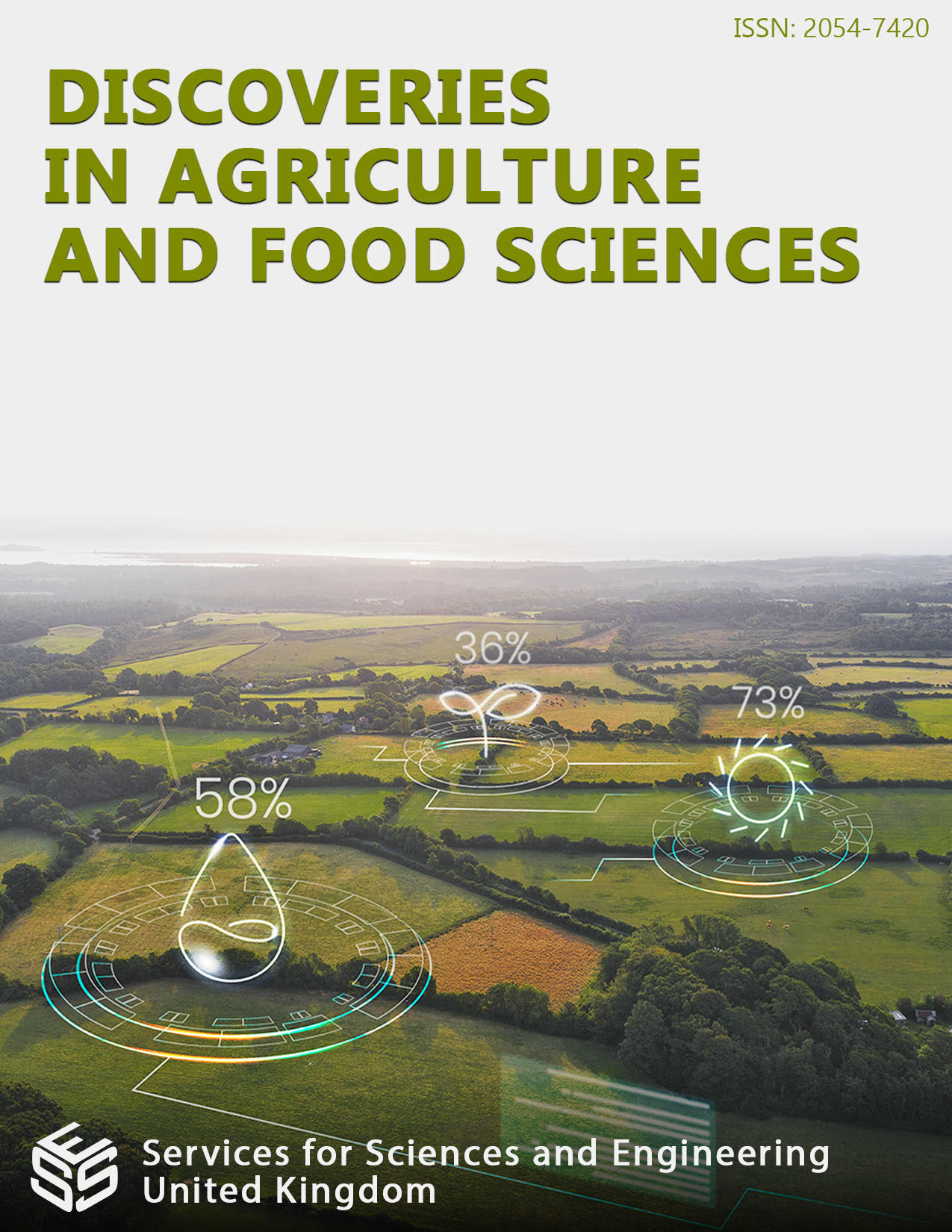Gender Participation in Agricultural Production: An Assessment to Production Resources
DOI:
https://doi.org/10.14738/tnc.115.15679Keywords:
gender participation, Agriculture, cash crop, food crop, production resourcesAbstract
Food security can be enhanced through increase in crop production, processing solution, marketing solution and sustainable packaging. Men and women play vital roles in agriculture as food producers and processors. Gender differences in crops cultivated and participation in agricultural activities are shaped by cultural norms and values. This study aims to characterize the different actors in agricultural production, assess the participation of men and women in food and cash crop production as well as identify gender gaps in accessing productive resources in Meme Division of the Southwest Region, Cameroon. The Krejcie and Morgan table was used to determine the sample size of 150 farmers and farmers were randomly selected to constitute the sample. A 4-points likert rating scale was used to assess gender participation in food and cash crop production activities. Results revealed that food crop production activities like weeding and harvesting (3.94), hoeing and sowing (3.91), land clearing (3.88), marketing (3.78), fertilizer application (3.49), transportation (3.19) and pesticide application (2.95) were highly ranked as women activities. The participation of men in cash crop production activities had high mean scores for activities like land clearing, pruning and drying (3.91), spraying (3.88), harvesting (3.76), marketing (3.75), transportation (3.71) and weeding (2.78). Men easily access production resources compared to women. This study recommends that agricultural gender gaps could be bridged through enhancement of womens’ participation in production activities and ablation of cultural norms and values that limitwomen in production. This will address issues of hunger, food insecurity and poverty.
Downloads
Published
How to Cite
Issue
Section
License
Copyright (c) 2023 Ntaebenu Julie Taku, Njoh Roland Ndah, Kenette Fru Mbangari

This work is licensed under a Creative Commons Attribution 4.0 International License.






